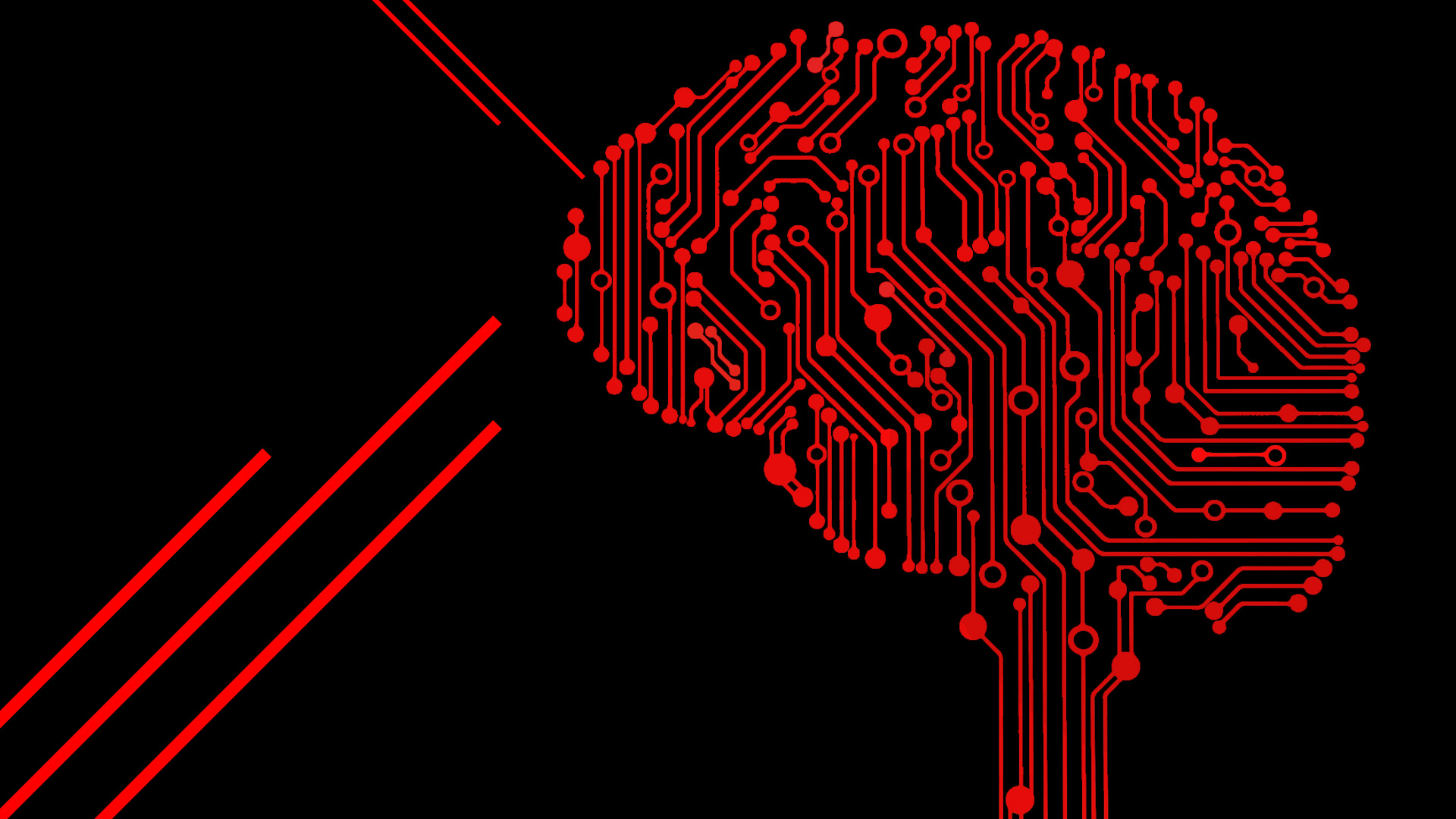Published by
Multi-Modal and Multi-Model Compared
Introduction
Large Language Model (LLM) Applications have revolutionized the way humans interact with machines, enabling seamless communication and collaboration across various domains. As LLMs continue to evolve, developers face an important decision to make adopt a multi-modal or multi-model approach.
The multi-modal approach combines multiple interaction modes such as text, speech, vision, and more using a single LLM as the backbone of unified AI system. On the other hand, the multi-model approach leverages different AI models and techniques, such as rule-based systems, machine learning models, or hybrid approaches to develop a comprehensive AI system.
In this article, we will explore the characteristics of each approach and highlight their strengths and limitations.
Multi-Modal Approach
The multi-modal approach is a powerful strategy for developing LLM Applications that can handle diverse data sources and formats (text, image, video, voice). Using a single LLM with multiple input format capabilities, developers can create applications that are more robust, generalizable, flexible, and user-friendly.
For instance, consider a marketing campaign generator that starts by uploading an aspirational photo, but the photo isn’t quite to the design language of your company. The user submits text instructions to make modifications to the photo, then asks the system to create tag lines and copy for the campaign. In this case, the LLM is able to ingest the picture, modify it, and generate text based on that picture.
The benefits of this approach are numerous. By integrating multiple interaction modes, developers can:
- Provide users with a choice of interaction methods, allowing them to choose the method that best suits their needs and preferences
- Improve the overall user experience by providing more natural and engaging ways to interact with the application
- Increase the robustness and flexibility of the application by enabling it to handle diverse data sources and formats
- Enhance the ability of the application to learn and adapt to changing user behavior and preferences
To implement a multi-modal approach, developers must carefully consider the complexities of integrating multiple interaction modes. This requires a deep understanding of human behavior and communication patterns, as well as the technical challenges of processing and integrating diverse data sources. Later, we discuss the LangChain framework and how it can help.
Multi-Model Approach
The multi-model approach is another powerful strategy for developing LLM applications that require leveraging the strengths of various AI models and techniques. This approach involves combining different LLMs, such as rule-based systems, machine learning models, and hybrid approaches, to create a comprehensive AI system. This strategy allows applications to improve overall accuracy and adaptability to different domains or tasks.
For instance, consider an expert system that combines rule-based systems with machine learning models to provide more accurate and reliable decision-making support. The rule-based system can quickly identify patterns and make decisions based on predefined rules, while the machine learning model can analyze large datasets and learn from experience. By combining these two approaches, the system can provide a more robust and effective decision-making process.
There are several advantages of using multiple models:
- Leverage the strengths of different LLMs and AI techniques to create a more comprehensive and effective AI system
- Improve the accuracy and reliability of the application by integrating multiple AI models that complement each other
- Enhance the ability of the application to adapt to changing user behavior and preferences
- Provide a more robust and flexible solution that can be applied to different domains or tasks
To implement a multi-model approach, developers must carefully evaluate the strengths and limitations of each AI technique being combined. This requires a deep understanding of the underlying algorithms and techniques, as well as the specific requirements of the application domain.
The Role of Agents in Decision-Making
In complex LLM applications, agents play a crucial role in facilitating decision-making processes. An agent is essentially a software component that can act on behalf of a user or another system to make decisions, perform tasks, and interact with other systems or users. In the context of decision-making, agents can be used to simulate human-like behavior, providing personalized recommendations, negotiating with users, or even facilitating group decision-making processes.
LangChain is a framework designed to simplify the creation of LLM applications. The LangChain framework takes agent development to the next level by simplifying the process of creating intelligent agents that can effectively interact with users and other systems. With LangChain’s intuitive Application Programming Interface (API) and pre-built components, developers can create custom agents that integrate seamlessly into their LLM applications. This enables rapid prototyping and deployment of complex decision-making systems that can learn from user behavior, adapt to changing requirements, and provide personalized support.
By leveraging the power of LangChain, developers can focus on building the intelligence and logic behind their agents, rather than worrying about the underlying infrastructure or complexity. This results in faster time-to-market, reduced development costs, and more effective decision-making systems that truly enhance user experiences.
How to Choose and What to Consider
The multi-modal approach is best when there is a need to support multiple input formats and maintain a flexible AI solution. The multi-model approach is best for supporting rule-based and task-based applications.
When it comes to harnessing the power of generative AI, developers must be strategic in their approach. To achieve success, they need to strike a balance between exploring the limitless possibilities while being mindful of potential pitfalls. This requires a deep dive into the underlying algorithms and techniques that drive these innovative solutions, as well as a keen understanding of the specific requirements and constraints of the application domain. By taking this thoughtful and methodical approach, developers can unlock new opportunities, overcome challenges, and bring their most ambitious AI projects to life.
In this article, we’ve explored the characteristics of multi-modal and multi-model approaches in LLM Application development. Both strategies have their strengths and limitations, and developers must carefully consider these factors when deciding which approach to adopt. By understanding the role of agents in decision-making and evaluating the specific requirements of the application domain, developers can create more effective and efficient LLM Application systems that meet user needs.
Share:
Categories
tags
Related Posts

AI and the Future of Restaurant Hospitality

The Value of Agency Project Managers


